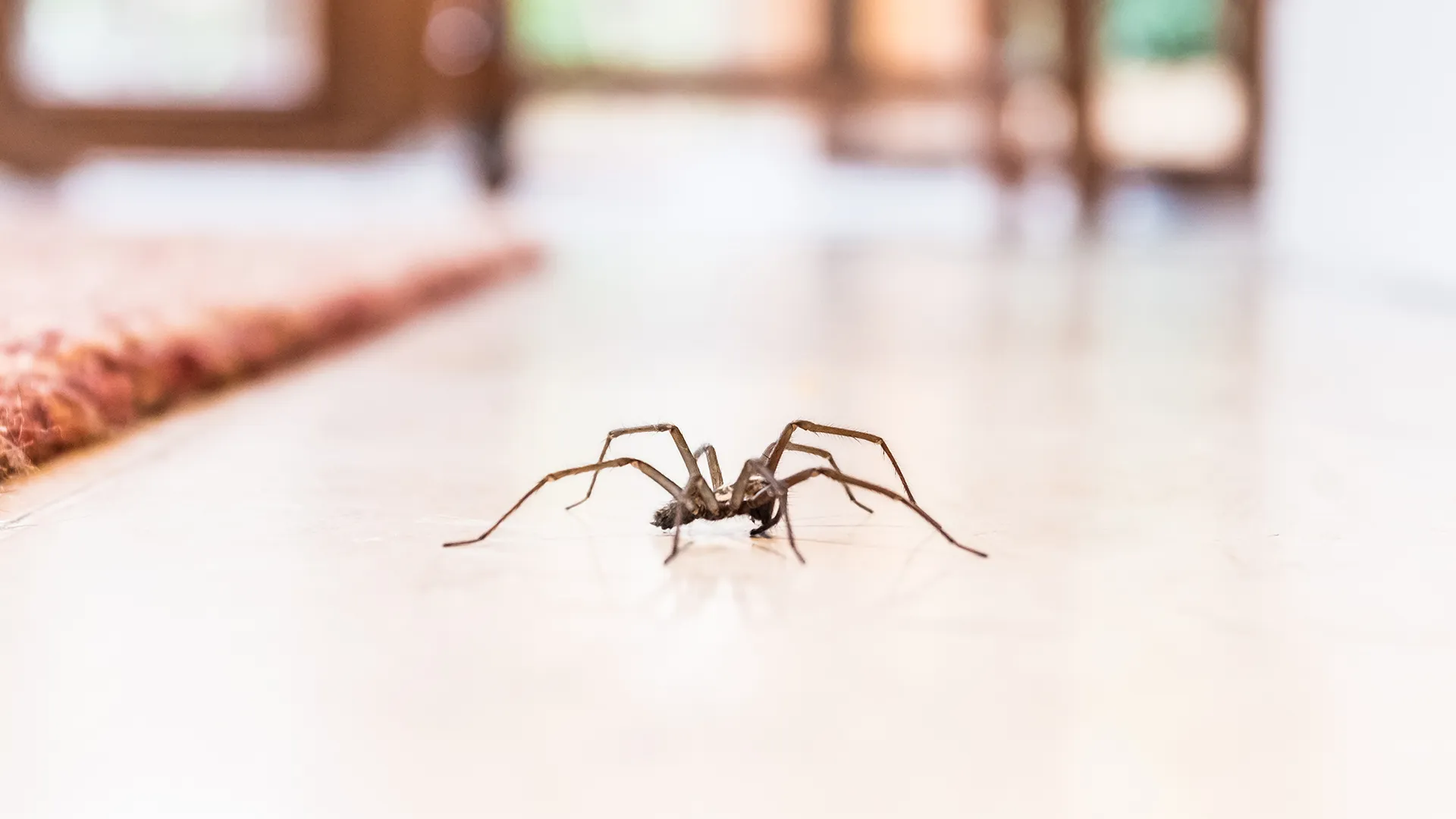Whether you’re a longtime resident or are just now starting to live in your home, there are many basic things that you can do to help protect your property from burglary and theft.
One of the most obvious is keeping your doors and windows locked when you’re away or at home. This will deter thieves and keep your belongings safe, while saving you on insurance premiums.
Door and Window Security
Among the most important home security basics are locks for doors and windows. Whether you live in an apartment or a house, thick door frames and high-quality deadbolts will thwart most break-in attempts.
A door with a peephole or wide-angle viewer also allows you to ID visitors and prevents them from sneaking in through an open window. Installing a secondary blocking device on sliding glass windows can also help keep burglars out.
Remove overgrown shrubs and bushes from your property and trim tree limbs that could be used to climb to a window. Overgrown trees offer cover for criminals who may be looking for a way into your home.
Using door and window sensors to alert you when a window or door has been breached is another low-cost home security basic that can deter burglary and theft. Many security providers offer a single entry sensor model that covers both windows and doors; others make slightly different models for each type of door or window.
Lighting
Lighting seems like an insignificant addition to a home, but it’s one of the best ways to improve your home’s security. Not only does it make your home less inviting to potential burglars, but it can also help you see what’s going on in the dark.
There are many types of lighting, and each type can have its own benefits and drawbacks. Choosing the right kind of lighting is important for both home security and good design.
Task lighting is a great way to help you see what you’re doing, while accent lighting can add drama and personality to a room. Both of these types can be found in a variety of places, such as table lamps and ceiling pendants. The best type of lighting for you will depend on your lifestyle and needs, as well as the type of style you want to achieve. With a little practice, you’ll be able to choose the right lighting for your home!
Motion Detectors
Motion detectors are a security staple, triggering lights to light up when a criminal is near or inside your home. They’re especially effective at preventing burglary in areas with high visibility and are a smart investment for any home.
They also help to deter trespassers on restricted grounds, such as a garage or basement. Moreover, they save energy by powering lights only when needed.
Detectors are available in both hard-wired and wireless versions. You can choose which type to install based on your preference and needs.
Motion detectors are a basic part of any home security system, and many have advanced features that make them more effective than ever before. They can trigger alarms, send alerts to your phone, and be integrated with a larger system.
Alarms
Alarms are one of the most basic components in a home security system. They monitor movement in the house, detect smoke, and alert a monitoring center when a security zone is breached.
They can be very effective at deterring opportunistic burglars, so it’s important to install them. In addition to alarms, there are other tips for preventing a burglary, including lighting up your residence, locking all doors and calling the police when you see something suspicious.
Motion detectors, or PIR sensors, are another important line of defense. They track infrared radiation from people, animals and other objects. They can even distinguish between a person and a cat or dog, up to a certain size.




